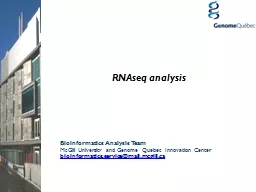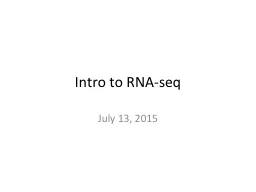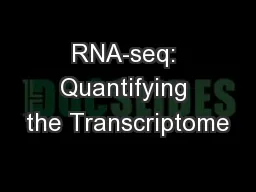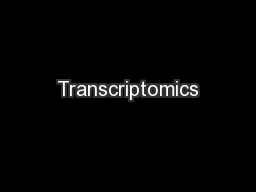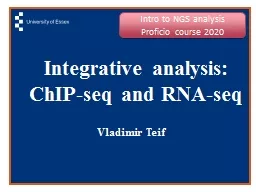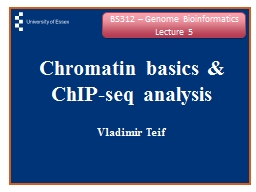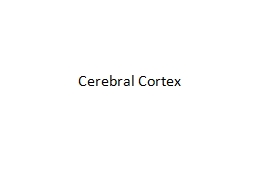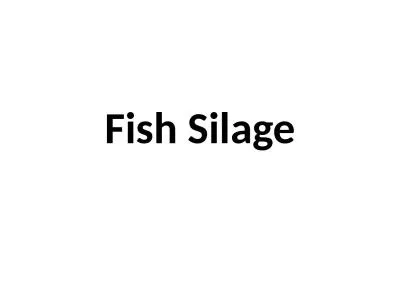PPT-CORTEX seq-FISH: gene selection
Author : amber | Published Date : 2024-02-03
Hang Xu Stanford University seqFish amp scRNA integration Question What is the minimal number of genes needed for data integration seqFish amp scRNA integration
Presentation Embed Code
Download Presentation
Download Presentation The PPT/PDF document "CORTEX seq-FISH: gene selection" is the property of its rightful owner. Permission is granted to download and print the materials on this website for personal, non-commercial use only, and to display it on your personal computer provided you do not modify the materials and that you retain all copyright notices contained in the materials. By downloading content from our website, you accept the terms of this agreement.
CORTEX seq-FISH: gene selection: Transcript
Download Rules Of Document
"CORTEX seq-FISH: gene selection"The content belongs to its owner. You may download and print it for personal use, without modification, and keep all copyright notices. By downloading, you agree to these terms.
Related Documents



